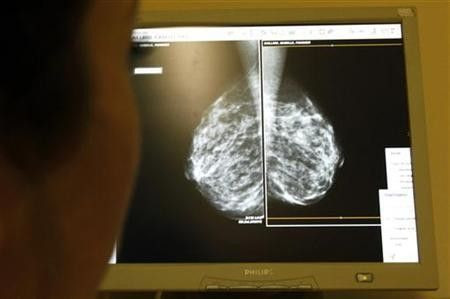False positive mammogram result is still a warning sign for cancer

False positive mammogram results may signal breast cancer, according to a study published on Dec 2 in Cancer Epidemiology, Biomarkers & Prevention. Researchers advise women to watch out for cancer for the next decade even if a follow-up test fails to detect cancer.
Louise Henderson, the lead author of the study, claims that there is a moderate cancer risk for such results. Apparently, this means that one in every 100 women with false positive mammogram still gets cancer.
Women were divided into two groups. One group got additional imaging and the other group also got biopsies. Women who took the mammography twice and got the same false positive result were 39 percent more likely to acquire cancer compared to women who truly got negative results. Women who also got biopsies that turned out negative have 76 percent chances of getting cancer over the next 10 years.
Henderson mentioned that women should look at the results as one more useful tool, instead of getting all worried and confused. The study was not designed to answer why a false positive result signifies an increased risk of getting cancer. She adds that other factors should also be considered such as familial history, age, race and breast density.
False positive results occur when a mammogram finds something that looks like cancer but is not really cancer. Experts say that taking frequent mammograms are more likely to yield false positive results. There is a 50 to 60 percent chance of receiving false positive results over the course of 10 years. Which is why more mammograms, MRIs, ultrasound exams and even biopsies should be taken.
"If you've had a false positive, that is a risk factor," said Richard Wender, chief cancer control officer of the American Cancer Society, National Public Radio notes, "So it's very important that a woman stay up to date with regular mammography."
Breast Cancer Network Australia estimated that at the end of 2015, 15,600 women and 145 men will be diagnosed with breast cancer. The organisation says that factors such as age and family history cannot be changed, so men and women might as well start living healthy by maintaining a healthy weight, reducing alcohol intake and quitting or at least reducing smoking.
Contact the writer at feedback@ibtimes.com.au or tell us what you think below.





















